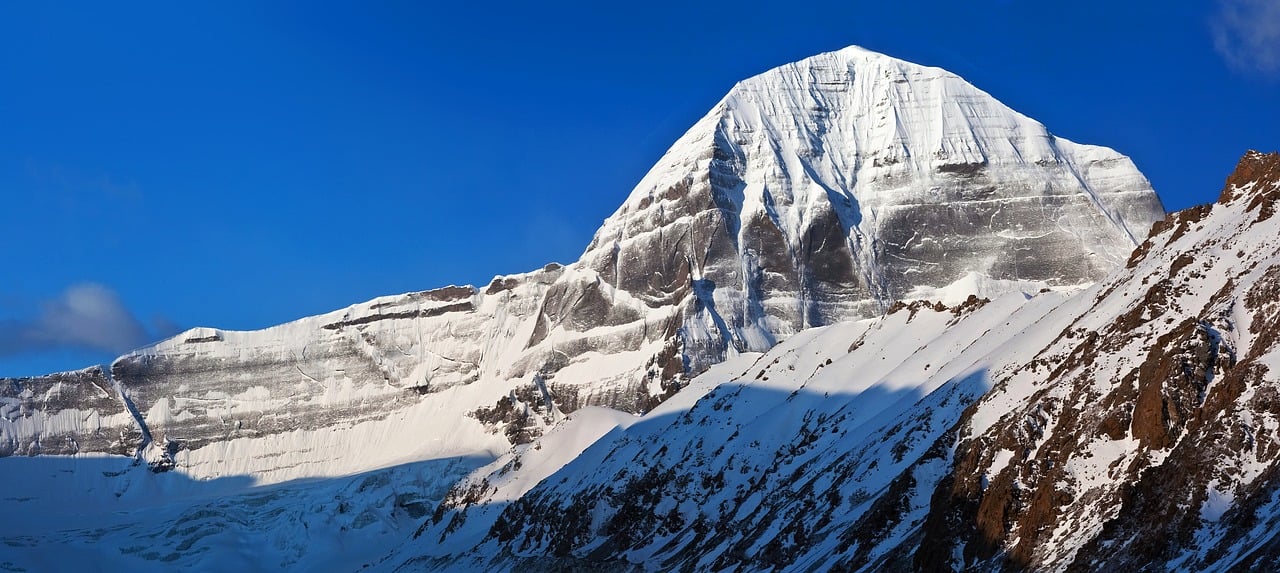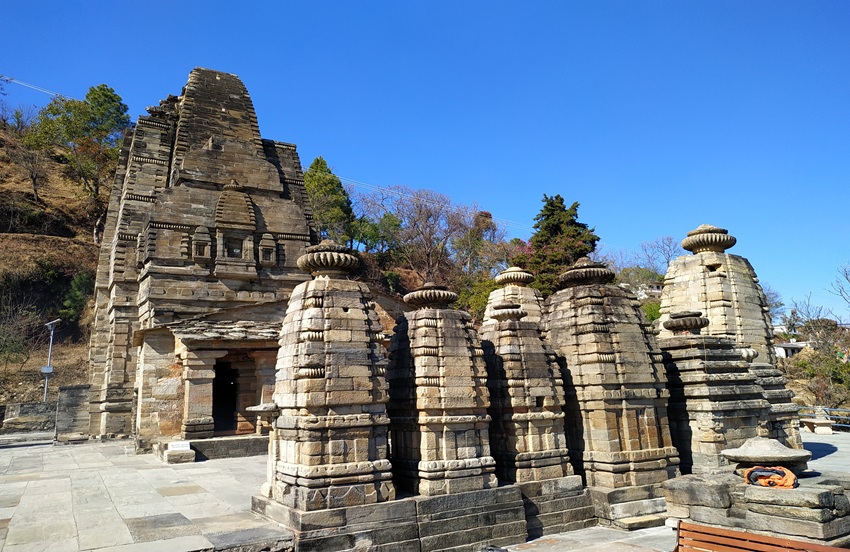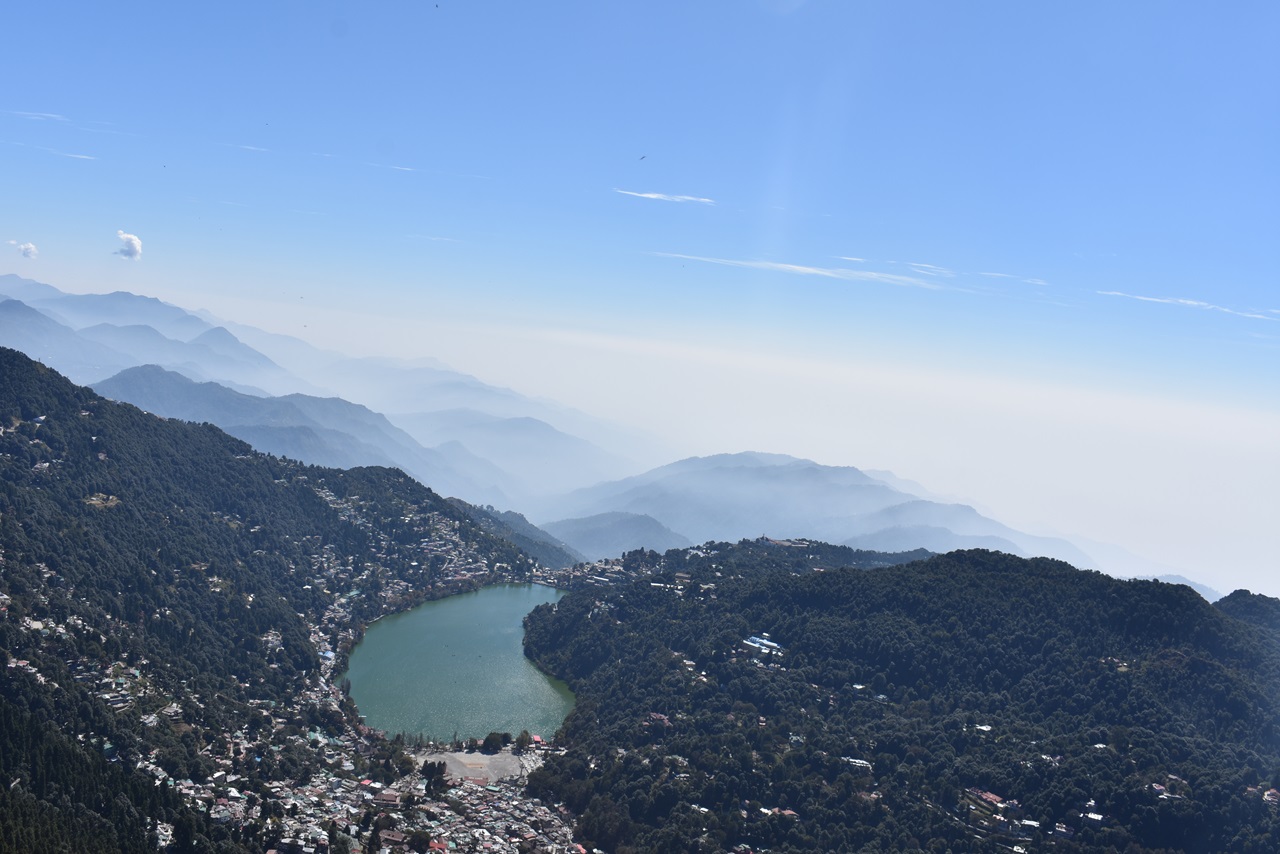Adi Kailash, also known as Chhota Kailash, is one of the most sacred pilgrimage sites in India, located in the Pithoragarh district of Uttarakhand. Revered as the “Replica of Mount Kailash,” Adi Kailash is a place of deep spiritual significance for Hindus and a hidden gem for adventure seekers. Situated at an altitude of 6,191 meters (20,312 feet) near the Indo-Tibetan border, this majestic peak is surrounded by breathtaking landscapes, including snow-clad mountains, pristine rivers, and lush green valleys.
A journey to Adi Kailash is not just about exploring nature but also about experiencing peace, devotion, and self-discovery. This guide provides detailed insights into Adi Kailash’s history, mythology, trekking route, best time to visit, and travel tips, ensuring a hassle-free and memorable trip.
Mythological Significance of Adi Kailash
Adi Kailash is considered a sacred pilgrimage site due to its resemblance to Mount Kailash in Tibet, the mythical abode of Lord Shiva. According to Hindu mythology:
- Lord Shiva and Goddess Parvati are believed to have meditated at Adi Kailash.
- The area surrounding Adi Kailash is filled with mystical energy, making it a popular site for spiritual seekers.
- The sacred Parvati Sarovar (lake) near Adi Kailash is believed to be blessed by Goddess Parvati, and pilgrims take a holy dip in its waters.
- The Gauri Kund, located nearby, is another revered site where devotees perform rituals and seek blessings.
Location and How to Reach Adi Kailash
Adi Kailash is located in the Vyas Valley of Pithoragarh district, near the Indo-Tibet and Nepal border. The journey to Adi Kailash is an adventure in itself, with multiple terrains including forests, rivers, and high-altitude passes.
How to Reach Pithoragarh
To reach Adi Kailash, you first need to get to Pithoragarh, the nearest town with road connectivity.
- By Air: The nearest airport is Pantnagar Airport (250 km from Pithoragarh).
- By Rail: The closest railway station is Tanakpur (150 km from Pithoragarh).
- By Road: Pithoragarh is well-connected to major Uttarakhand cities like Haldwani, Almora, and Kathgodam via motorable roads.
Route to Adi Kailash
From Pithoragarh, the journey to Adi Kailash involves a mix of road travel and trekking.
Route:
Pithoragarh → Dharchula → Tawaghat → Gunji → Kutti → Jyolingkong → Adi Kailash
- Dharchula (95 km from Pithoragarh): A small border town where tourists must obtain an Inner Line Permit (ILP).
- Gunji (75 km from Dharchula): A high-altitude village serving as an acclimatization stop.
- Jyolingkong (20 km from Gunji): The last stop before reaching Adi Kailash. From here, the trek begins.
Adi Kailash Trek Details
The journey to Adi Kailash includes road travel and short treks through rugged mountain terrain.
- Trek Distance: 3-4 km trek from Jyolingkong
- Duration: 7-8 days (including road travel and acclimatization)
- Altitude: 6,191 meters (20,312 feet)
- Difficulty Level: Moderate to Difficult due to high altitude and unpredictable weather
- Best Route: Most travelers take an organized Adi Kailash Yatra package with guides and permits included.
Major Attractions of Adi Kailash
1. Adi Kailash Peak
- A breathtaking snow-covered mountain, resembling Mount Kailash in Tibet.
- A site of deep spiritual and religious significance.
2. Parvati Sarovar (Lake)
- A sacred lake near Adi Kailash, where devotees take a holy dip.
- The lake is surrounded by mesmerizing views of the Himalayan ranges.
3. Gauri Kund
- Another holy lake, believed to be the bathing site of Goddess Parvati.
- Offers a serene atmosphere for meditation and prayers.
4. Om Parvat
- A sacred peak where natural snow formations create the shape of the ॐ (Om) symbol.
- A rare and spiritually uplifting sight for pilgrims.
5. Kutti Village
- A traditional Himalayan village, home to the Rang community.
- The village is named after Kunti (mother of Pandavas), and locals believe the Pandavas visited this place during their exile.
Best Time to Visit Adi Kailash
Adi Kailash is accessible only during certain months due to harsh weather conditions.
- Summer (May to June): Ideal for travel, with pleasant weather and clear views.
- Monsoon (July to September): Risky due to landslides and heavy rainfall.
- Autumn (September to October): Best time for clear skies, comfortable temperatures, and scenic beauty.
- Winter (November to April): The region is covered in heavy snow and remains inaccessible.
Tour Guide for Adi Kailash Trip
Permits and Regulations
- Inner Line Permit (ILP) is required for all Indian travelers, issued in Dharchula.
- Foreigners are not allowed to visit Adi Kailash due to its sensitive location near the Indo-Tibetan border.
Accommodation and Food
- Homestays and government guesthouses are available in Dharchula, Gunji, and Kutti.
- Basic lodging and meals are provided by local villagers and trek organizers.
- It is advisable to carry dry food, energy bars, and water purification tablets.
Things to Carry
✔ Warm clothes and thermal wear (temperatures drop significantly at night).
✔ Trekking shoes with good grip for rocky terrain.
✔ Personal medication and first aid kit (due to high altitude, oxygen levels are low).
✔ Camera and power bank to capture breathtaking landscapes.
✔ Sunglasses and sunscreen to protect from harsh UV rays at high altitudes.
Safety Tips
✔ Acclimatize properly at Gunji before trekking to prevent altitude sickness.
✔ Travel with an experienced guide or join an organized booking with Adi Kailash Yatra package.
✔ Avoid monsoon season due to landslides and roadblocks.
✔ Respect local customs and religious sites.


